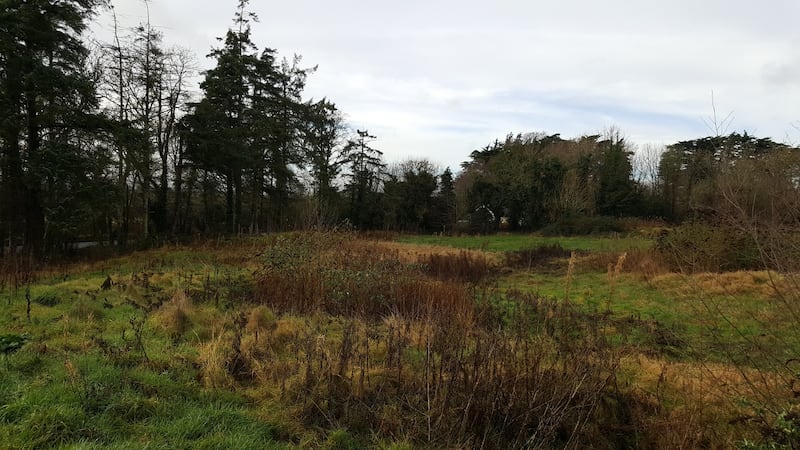In a new weekly blog called Out of Bounds, Irish Times golf correspondent Philip Reid will look at different aspects of the game, from club matters to the pro ranks
I took a trip down memory lane – or, rather, the avenue – the other day to see an old stomping ground. It wasn’t pretty, very grim to be honest. Where once upon a time manicured greens and pristine fairways provided a golfing playground and resounded to thud after thud of golf balls, there now lies only weeds and an ugly overgrowth.
The greens have been invaded, hidden beneath wild hawthorn bushes and the once fine clubhouse abandoned, boarded up and with the exterior faded, its paint crumbling, and a brutal, visible reality to how it can all go wrong.

This place once had a grand name: Turvey Golf and Country Club on Turvey Avenue in Donabate, Co Dublin. It even boasted a hotel and function rooms. But it was the golf that was its real heartbeat, a parkland course that would never play host to an Irish Open or anything like that but which nonetheless boasted a vibrant club membership.
I know. I was a member there for the guts of a decade, paid an entrance fee – or hello money as it was called in those days of the Celtic Tiger – and duly paid the first levy in the quest to keep the club financially viable. It was on the talk of yet further levies that it was time to walk the walk elsewhere, and many did.
Ironically, given the housing shortage upon us, one of the solutions at the time was to parcel off a small part of the course for development. It would have wiped out the debt and instantly resolved financial shortcomings. It didn’t happen.
When the banks closed in on Turvey, the belief was that it would be sold on relatively easily and that it would once again beat to the sound of metal clubs hitting rubber. Instead, the course was left to ruin. The manicured fairways became overgrown, and weeds and wild bushes clawed their way onto the greens. Now, they’re unrecognisable from how they once were, a salient reminder to us all of how it can all go wrong.
Turvey, probably, was the biggest casualty of the downturn and is certainly the harshest lesson of how it all went bellyup for golf clubs in the economic recession. And I only return to it because I would hate to see the same thing happen again, especially with the recent “For Sale” signs being placed alongside Glen of the Downs Golf Club in Co Wicklow and Rathcore Golf Club in Co Meath.
The recent liquidation of Glen of the Downs Golf Club is, for sure, a real eye-opener on many fronts: the course, designed by Peter McEvoy, is excellent, with clubhouse facilities to match. Hopefully, just as Rathsallagh found a way to reinvent itself and ultimately return as a golfing entity, so too will Glen of the Downs . . . . and Rathcore.
The GUI estimates that male golf club membership decreased from a height of 177,000 back in 2008 when the economic downturn first took hold to 130,000 last year. The belief in the governing body was that the bottom had been reached, and that green shoots had started to reappear in the golf industry. What has happened at Glen of the Downs comes as a shock to the system, yet other clubs in the vicinity will likely benefit from those members seeking new affiliations.
Druids Heath, just down the N11, has showcased its wares to potential members from the stricken Glen of the Downs club and, testament to the fact that clubs can thrive, is the word that the only way to join Powerscourt – which offers two championship courses to its members – is by purchasing a share and paying the annual subscription as the lease option (where it was possible to lease the playing right from an existing shareholder) is currently fully subscribed.
Indicative of the changed times in the industry, though, is that the shareholder option at Powerscourt these days is a far cry from what it once was, with a very limited number of shares available for €5,700. At its height, those shares reached €50,000.
One good thing for those homeless golfers seeking a new club is that the bad old days when hefty joining fees were the norm are a thing of the past. There’s no evidence of clubs reintroducing the practice of entrance fees that, believe it or not from the Celtic Tiger years, frequently involved golfers adding such joining fees onto their mortgages.















